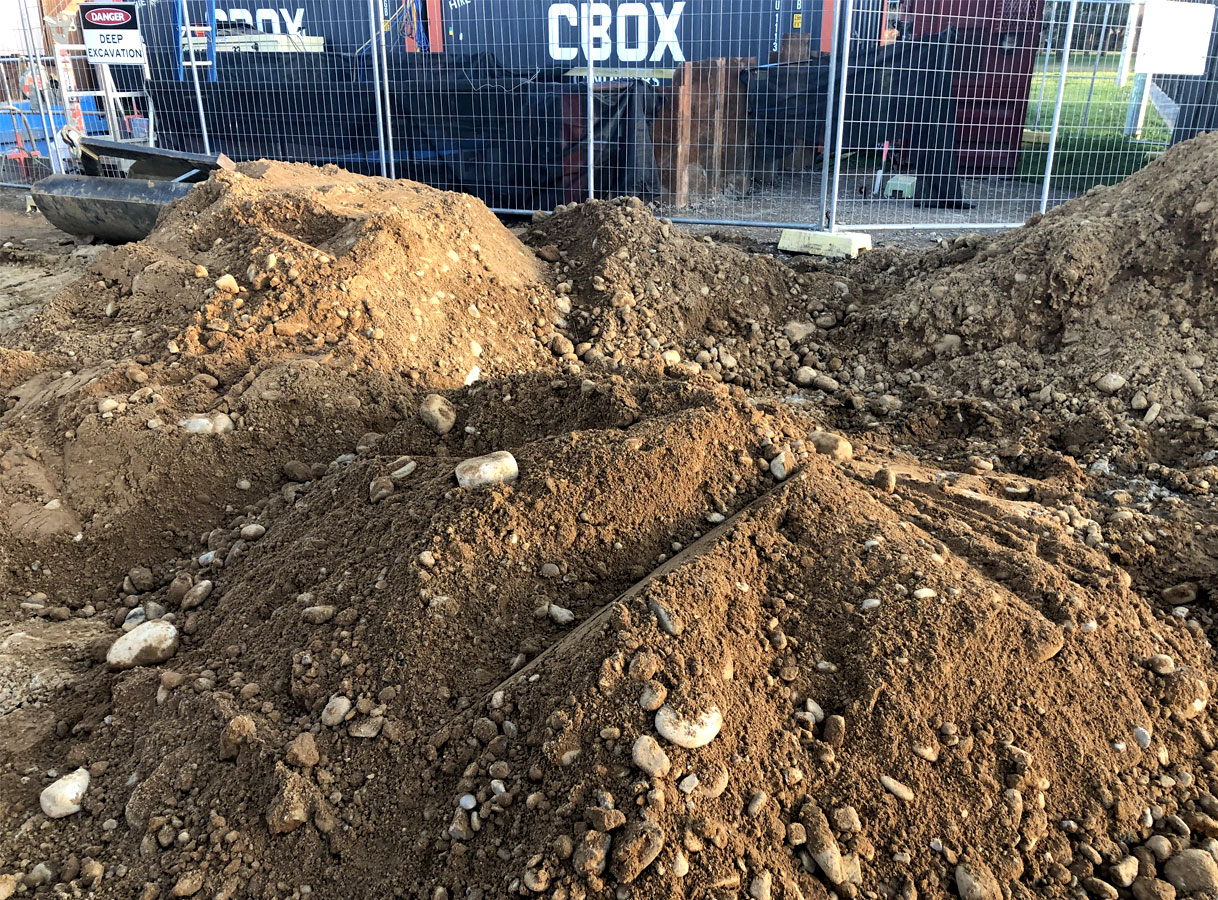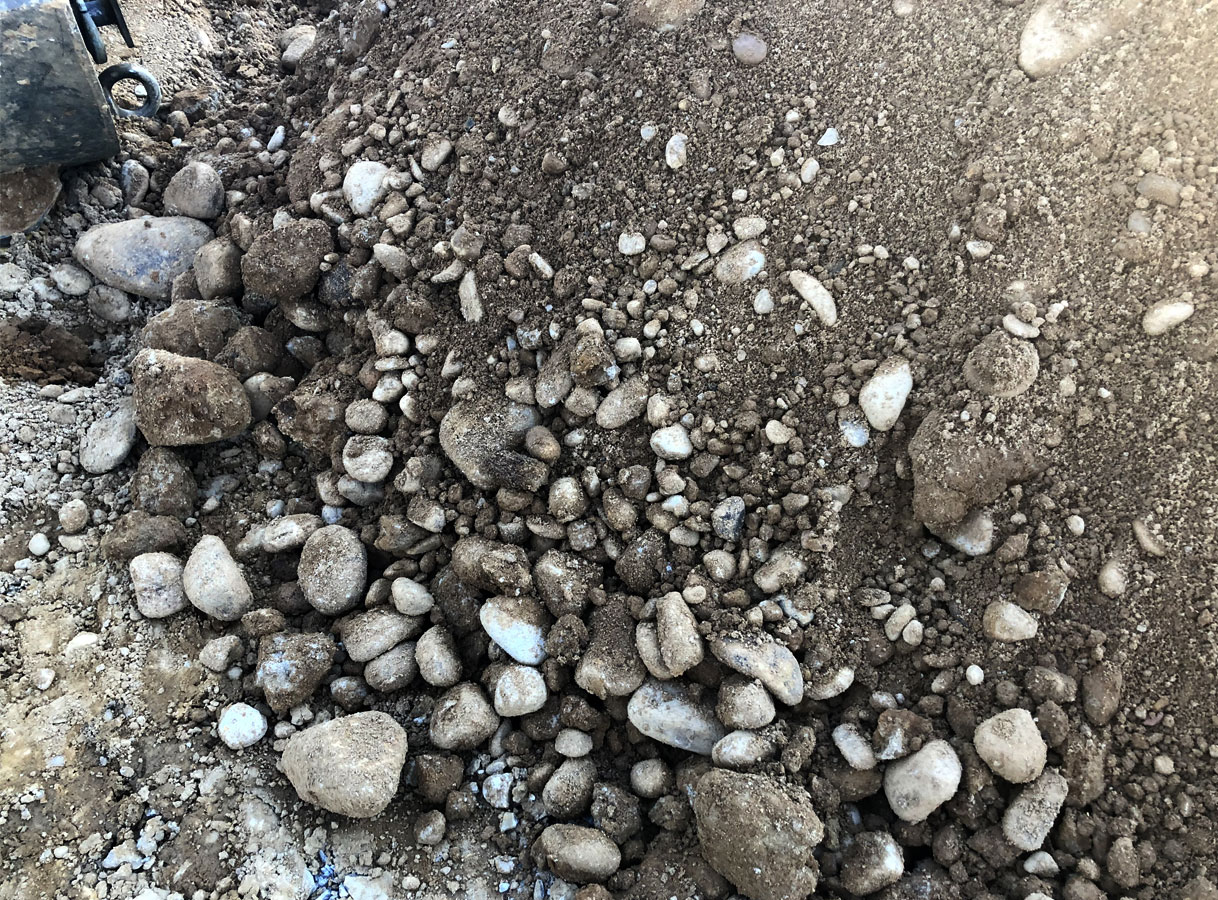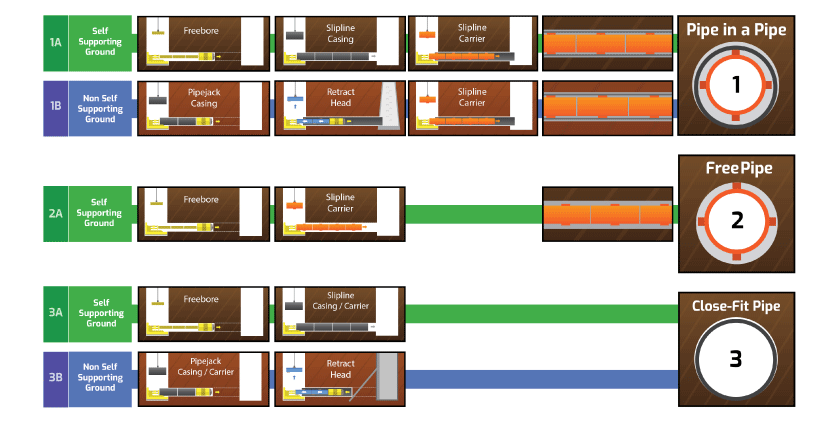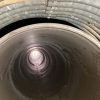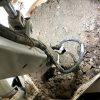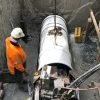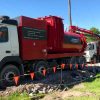PROJECT OVERVIEW.


Trenchless beneath Tennis Courts
The new main runs parallel to an existing concrete stormwater pipe of similar diameter and directly adjacent to the Nepean District Competition Tennis Courts. In fact, the edge of the main is directly below the Eastern most courts.
Open cut was not an option in this instance given the mains proximity to the courts and the imminent chance of settlement. As a result, microtunnelling was chosen as the preferred method of installation.
Ground Conditions
The ground conditions consisted of clay, sandy clay and the infamous Nepean cobbles. These cobblestones can be anything from lucky stone to coconut size and up to 200MPa in strength. When in amongst the softer sand and clay strata, they cannot be broken up using a traditional microtunnelling cutters. As there is no bearing capacity to push against to break the cobbles, they tend to get thrown around the face and overcut can potentially occur.
Thus, an open face, piloted microtunnel shield was chosen. This technique is traditionally used in fill or soft ground conditions. The method has proven to be very effective when challenging ground is expected and when installing or replacing larger diameter culverts (DN 1200 and above).
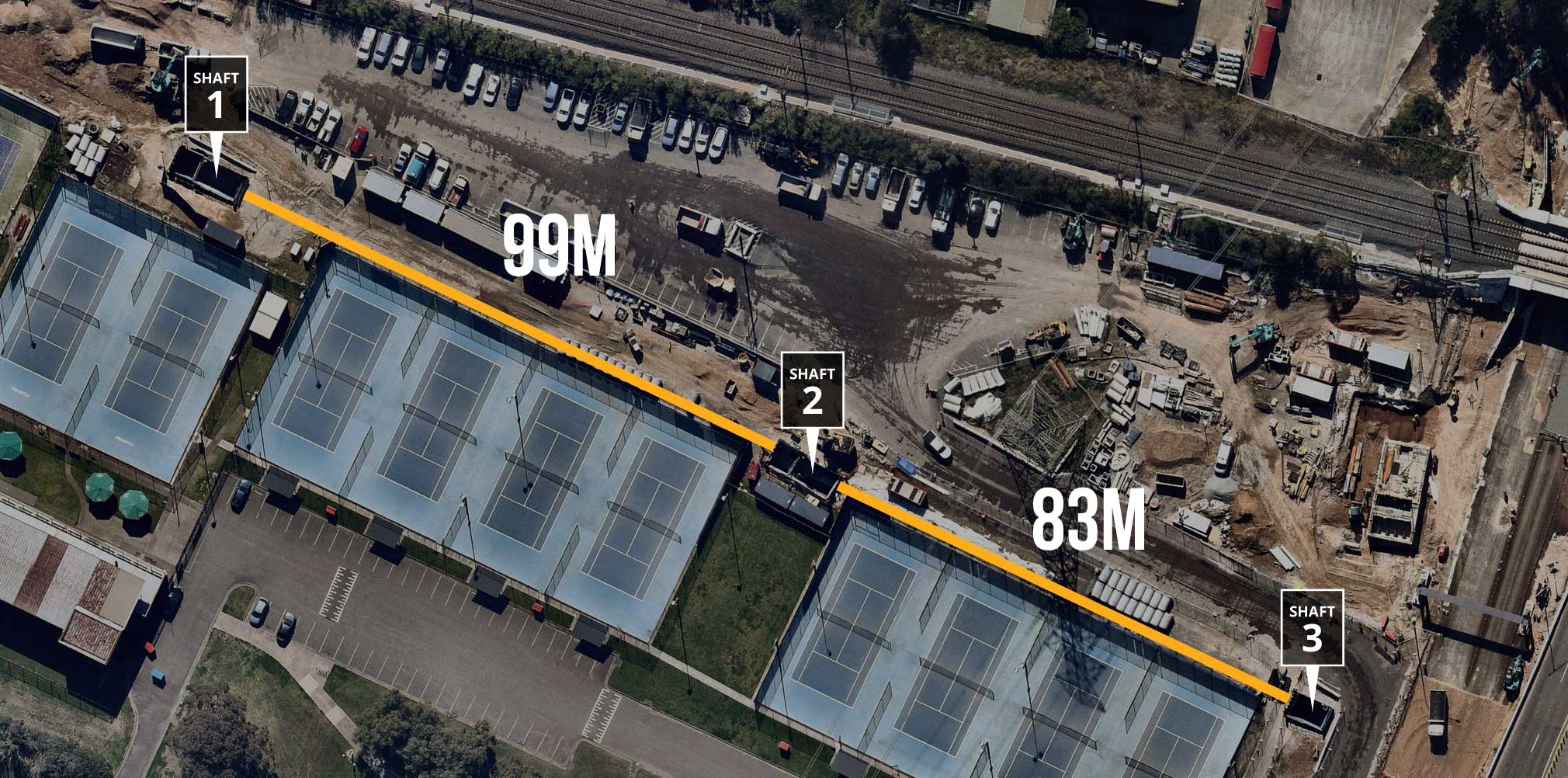
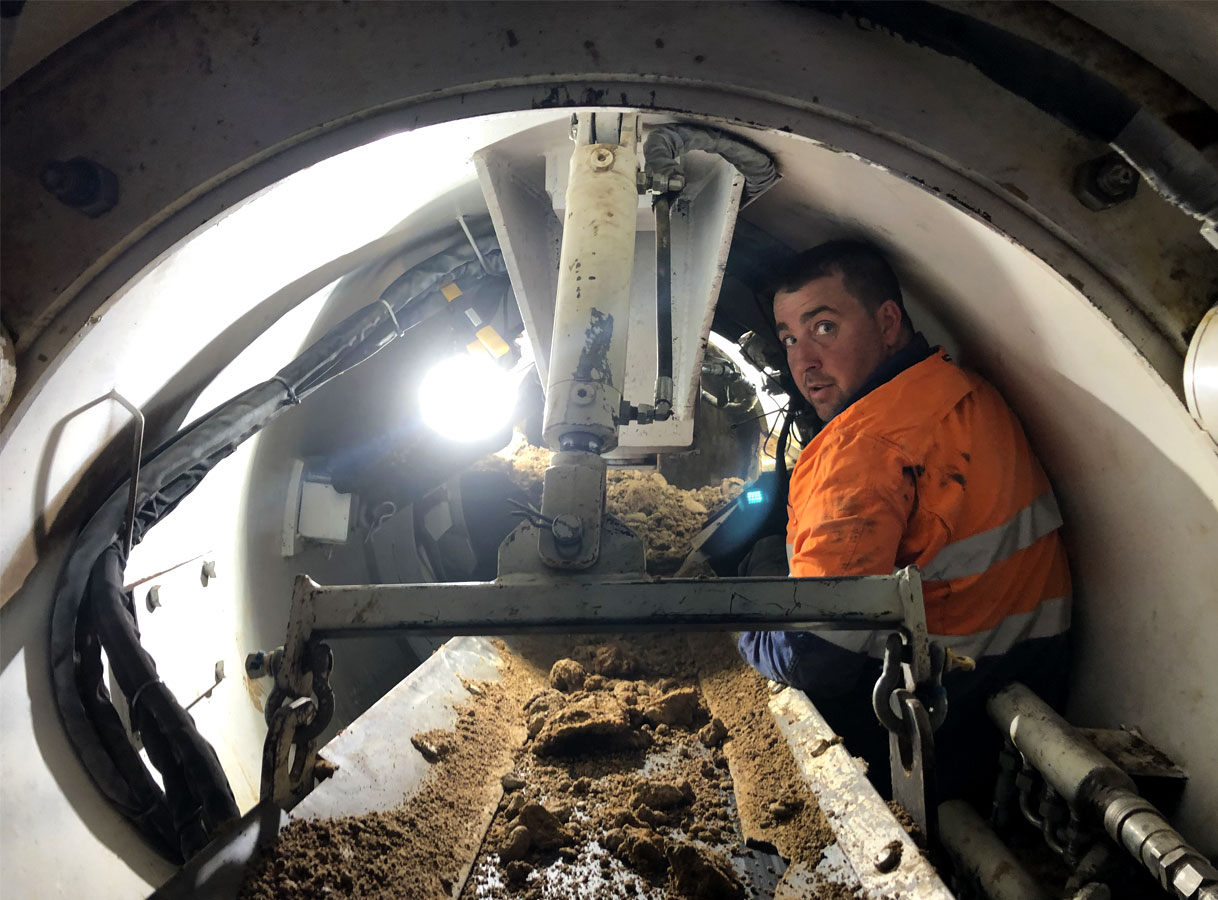

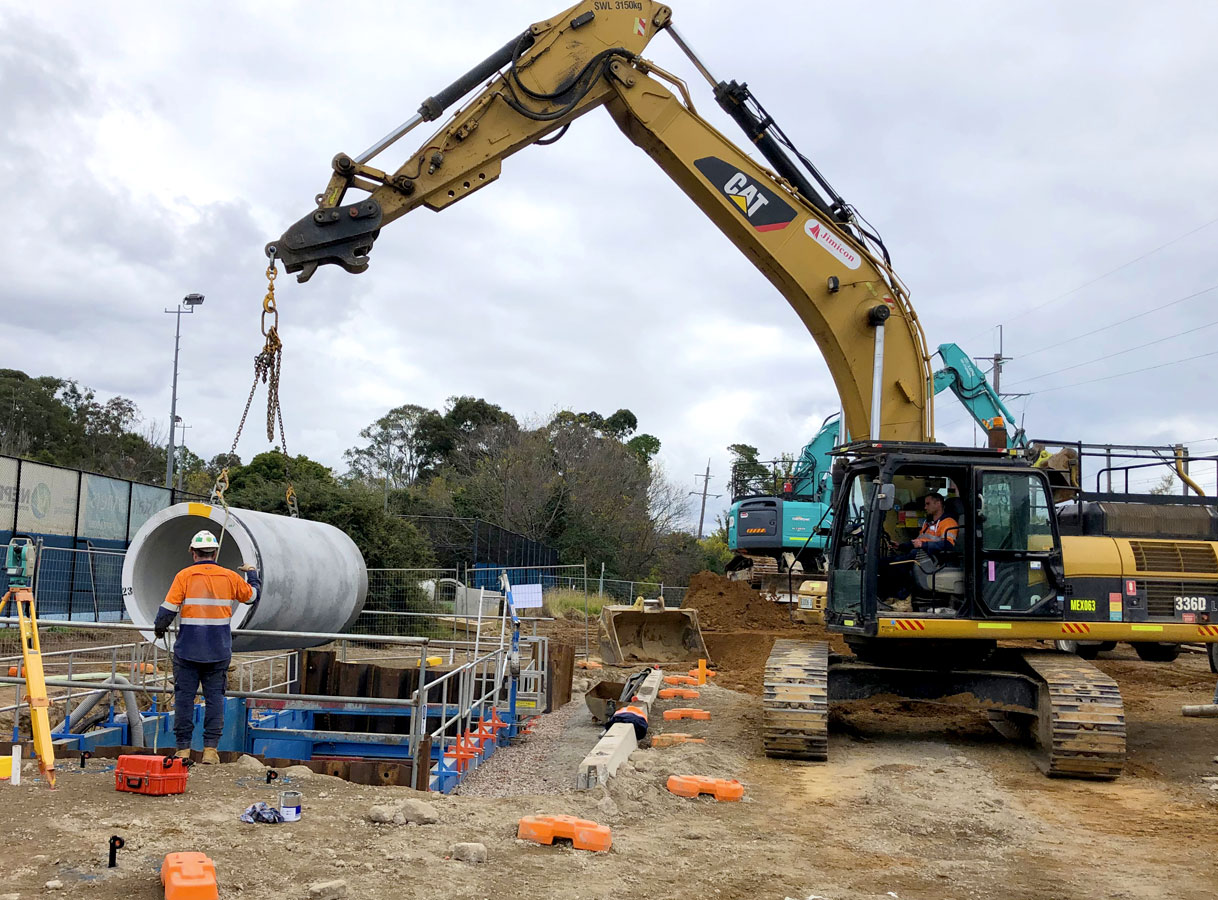


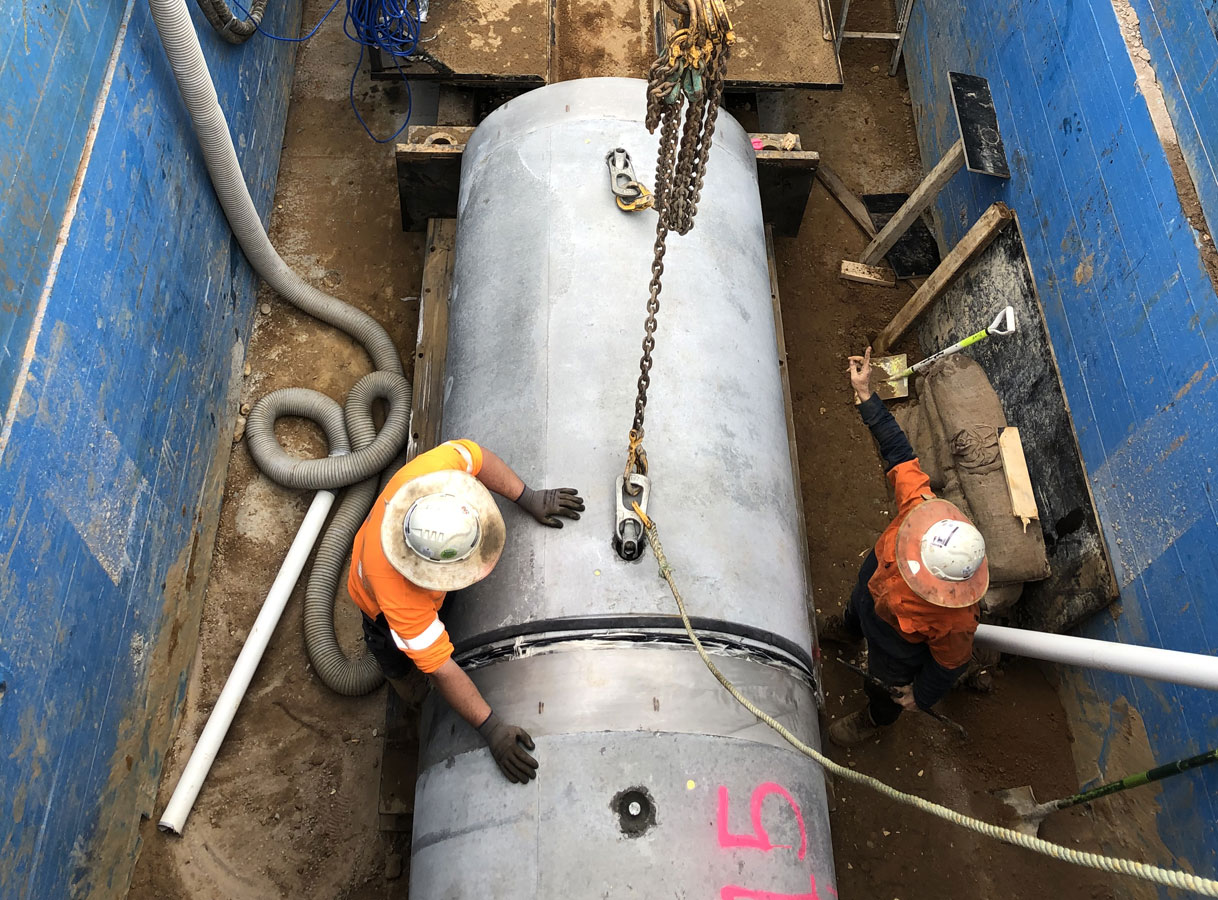



Advantages of Piloted System
Whilst a DN1200 pipe is very tight for a piloted system, it’s advantages are:
- Access to the face should a blockage or foreign object be present
- Ability to transport larger volumes of spoil via a skip from the face – clay and cobbles together
- Dry spoil removal – no need to take it to a tip
